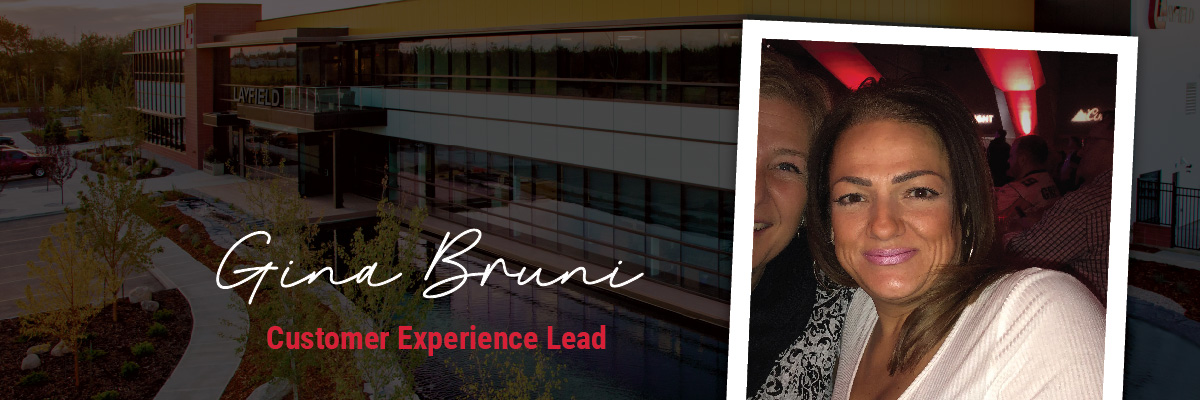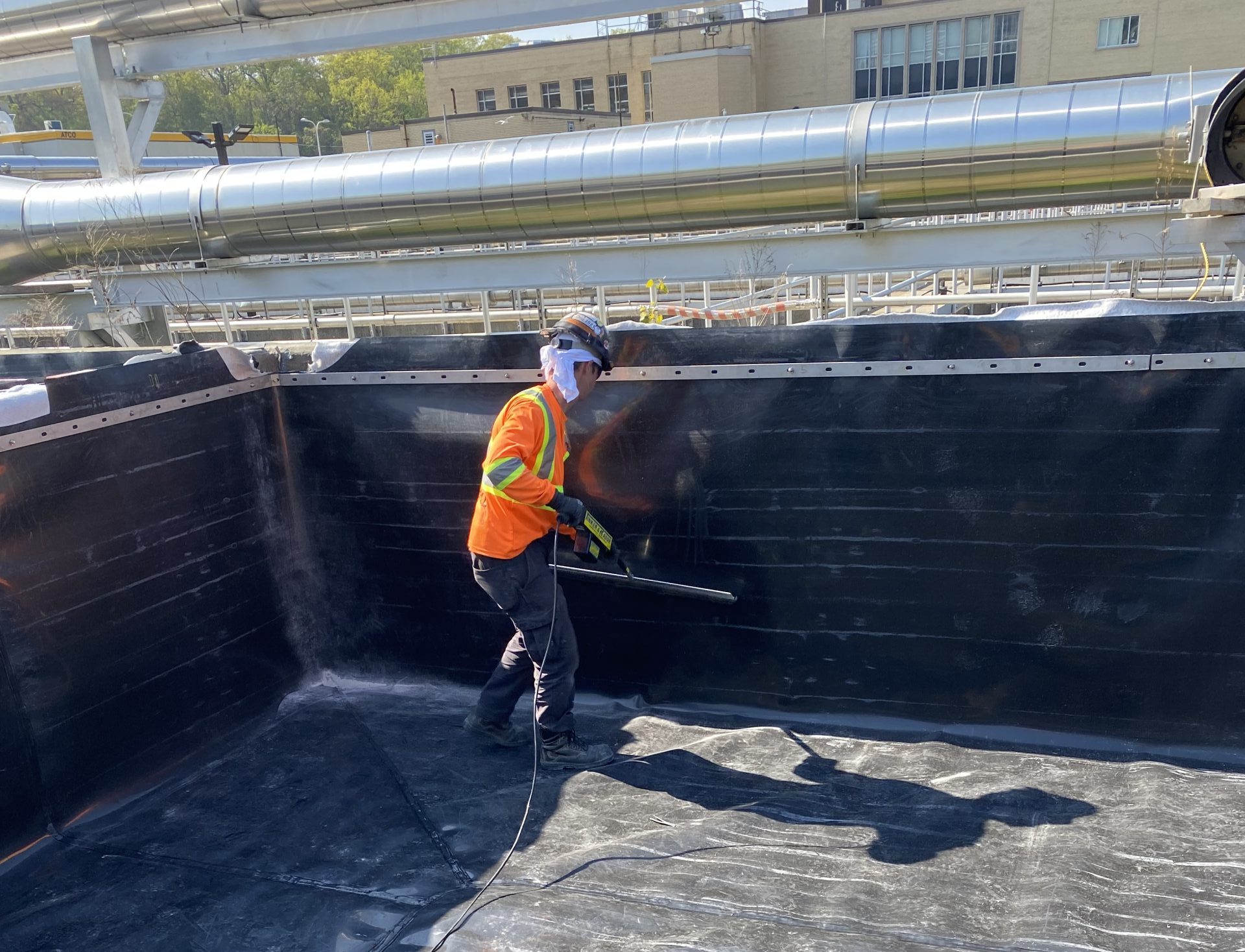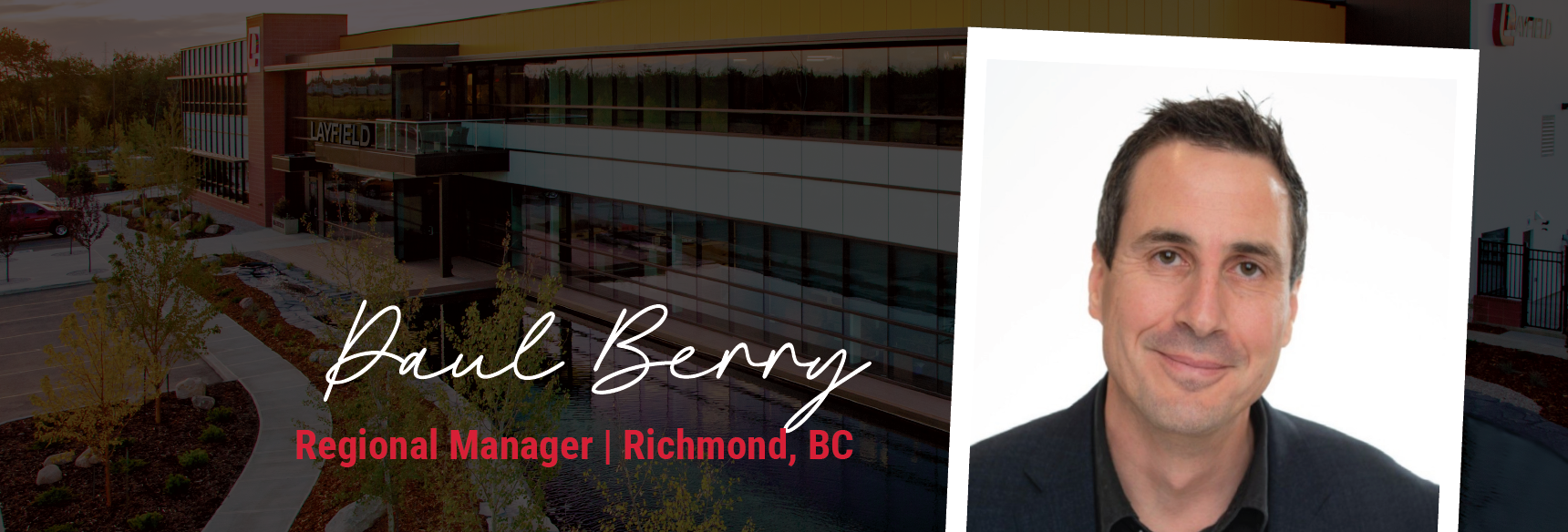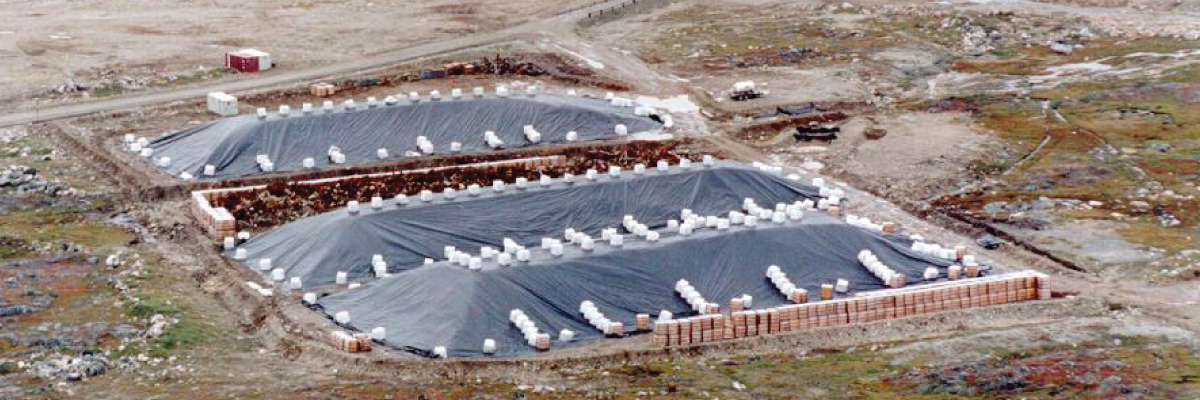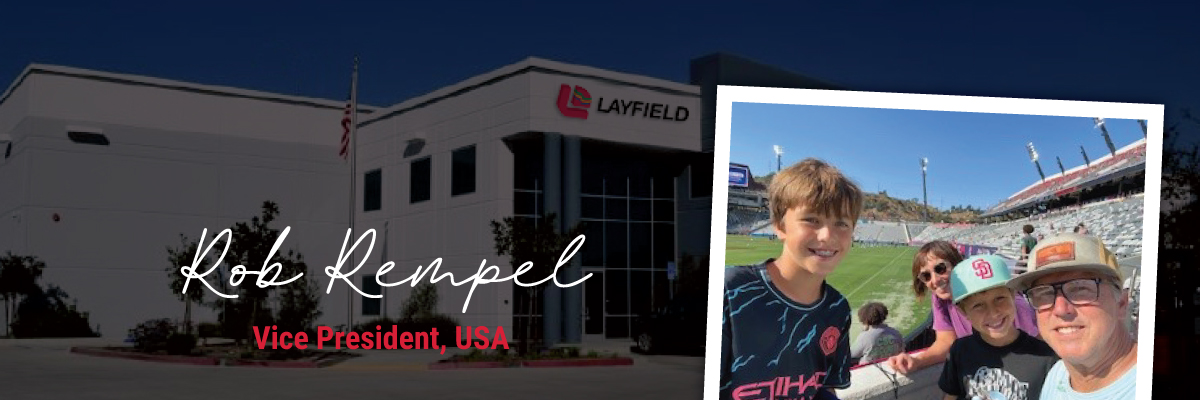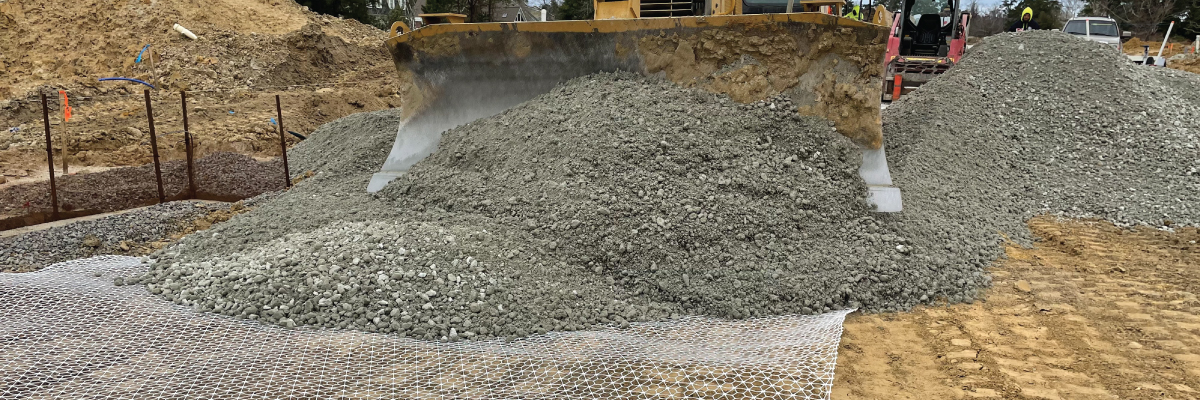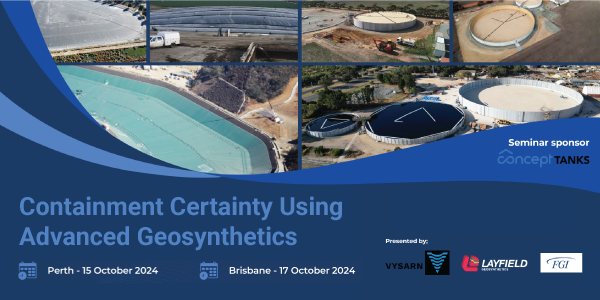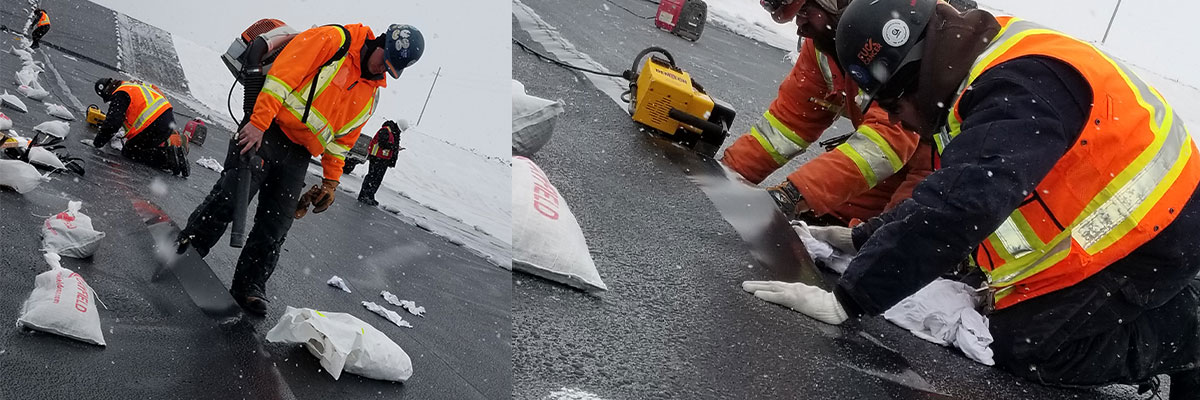Written by Prabeen Joshi Ph.D., P.Eng. | Layfield Geosynthetics
Note to reader – Layfield recommends the use of heat-welded prefabricated geomembrane liners for the reasons discussed in the note linked here. If prefabrication is not feasible, then geomembrane panels need to be seamed on-site, where a designer/installer may have options to select a seam sealing technique.
This article is not intended to convince the reader to adopt one geomembrane seam sealing technique over another. It is to provide the factors to consider before selecting a technique. In the context of this article, the author is assuming that the designer/installer has equal access to various options, and it comes down to understanding the risks between one technique over another.
Overlapping the lateral and longitudinal roll ends of geomembrane panels is necessary as most geomembrane rolls are manufactured in finite width and length, thus weight. The application area, in almost all cases, is larger than the geomembrane roll dimensions. The overlapped geomembrane panels are seamed to provide a hydraulic seal. The designer/installer should adopt the method of seam sealing that is expected to maintain seam integrity throughout the project design life. There are various ways to seam the overlap, but heat-welding and taping are the most common methods for most geomembranes and are discussed in this article. The other method uses a solvent, which is not addressed in this article.
Heat-welding is when the top and the bottom geomembrane panels at the overlap are heated to melt and then fused together to form a single monolithic layer. Refer to this article for an in-depth discussion on geomembrane welding.
Taping is a process of bonding the two layers of geomembrane using single- and/or double-sided adhesive tape. Some additional discussion on taped seams is archived in this article.
It’s all about understanding the risk!
When examined at a molecular level, geomembranes are complex materials. Any minor short- or long-term changes directly affect the physical and chemical performance of the geomembrane material and, therefore, the overall liner system. Factors such as high temperature, contact with aggressive chemicals, sustained strain, ultraviolet rays, etc., could negatively affect the longevity of a geomembrane-based system. Understanding the inherent risks before selecting a geomembrane for a given exposure condition, therefore, becomes extremely important. Fortunately, most designers put a lot of time and effort into choosing the right material for the right application.
Unfortunately, less attention is given to the seam sealing technique, particularly in the user-defined “non-critical”[1] applications. An improperly constructed seam may not maintain the same hydraulic integrity as that of an intact geomembrane panel, which would compromise the hydraulic performance of an overall liner system. It is also imperative to understand that once the liner system goes into operation, the geomembrane seams will experience the same exposure conditions as the intact panel. Therefore, a proper long-term risk evaluation of the seaming technique becomes critical.
The current industry standard is to heat-weld the overlaps and quality test using established test methods following criteria published by the American Society of Testing and Materials (ASTM) or Geosynthetics Research Institute (GRI). In most cases, the contractors must have a qualified installation crew that meets the experience specifications and, in some cases, needs certification by external agencies. In this industry-standard practice, the panel and the seam materials are the same, so there may not be a need for a separate seam compatibility evaluation.
Very commonly, the designer/installer decides to use taped seams without understanding the uncertainties and associated risks. Taping presents itself as an attractive option because it is a cost-effective and much simpler installation method where the installer requires no training or prior experience. However, this installation simplicity may come at a significant long-term cost. The effectiveness of taped seams under operating conditions such as constant exposure to moisture, elevated temperatures, tension/creep, and in some cases, no to low confinement would add uncertainties in the liner design. Making matters worse, the locally sourced varieties of tape can have a significant variation in their chemical content, which may have compatibility issues with the geomembrane material. The designer/installer should evaluate all the potential risks before making the decision to tape a geomembrane overlap.
The takeaway points from this article are:
- The seaming technique adopted could be geomembrane material or designer/installer dependent. Still, it must ensure that the essentially impermeable hydraulic function of an intact geomembrane panel is also maintained along the seam.
- A seam passing a hydraulic integrity test right after installation may not guarantee long-term performance.
- Heat-welding has been the proven and established industry-standard method but may not be logistically or technically feasible in all situations.
- In some extreme situations where technical expertise is unavailable for heat-welding or if some leakage through the geomembrane seams is not risking the design requirements, taping may be an acceptable technique given ALL the project stakeholders (the designer, installer, and the owner) understand the associated risks.
- Layfield recommends the use of prefabricated geomembrane liners where possible.
Related Articles
View All News